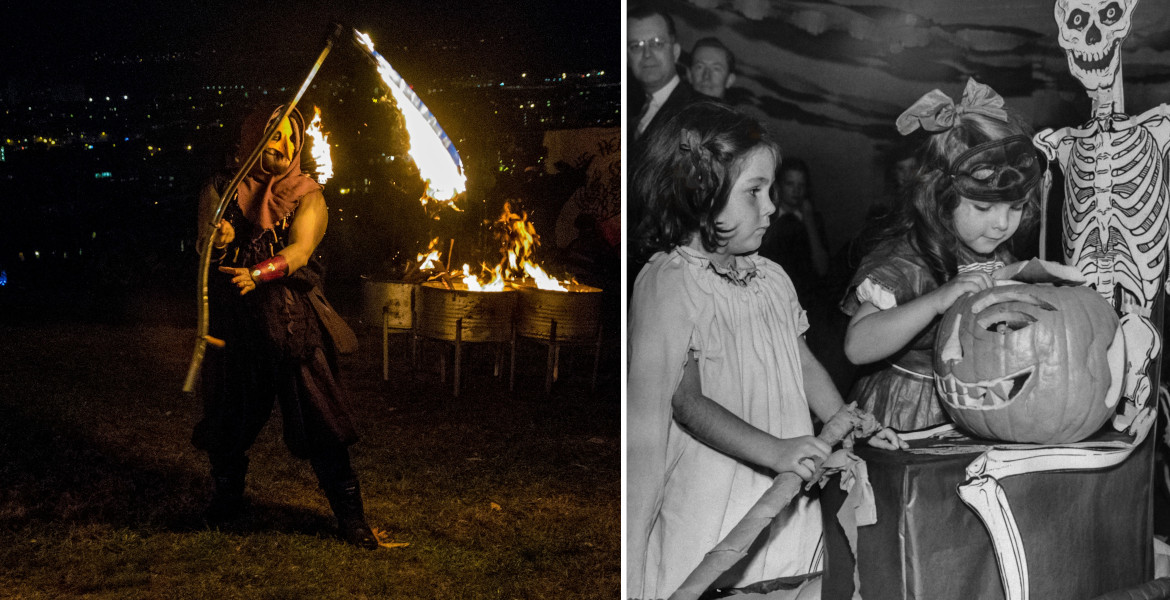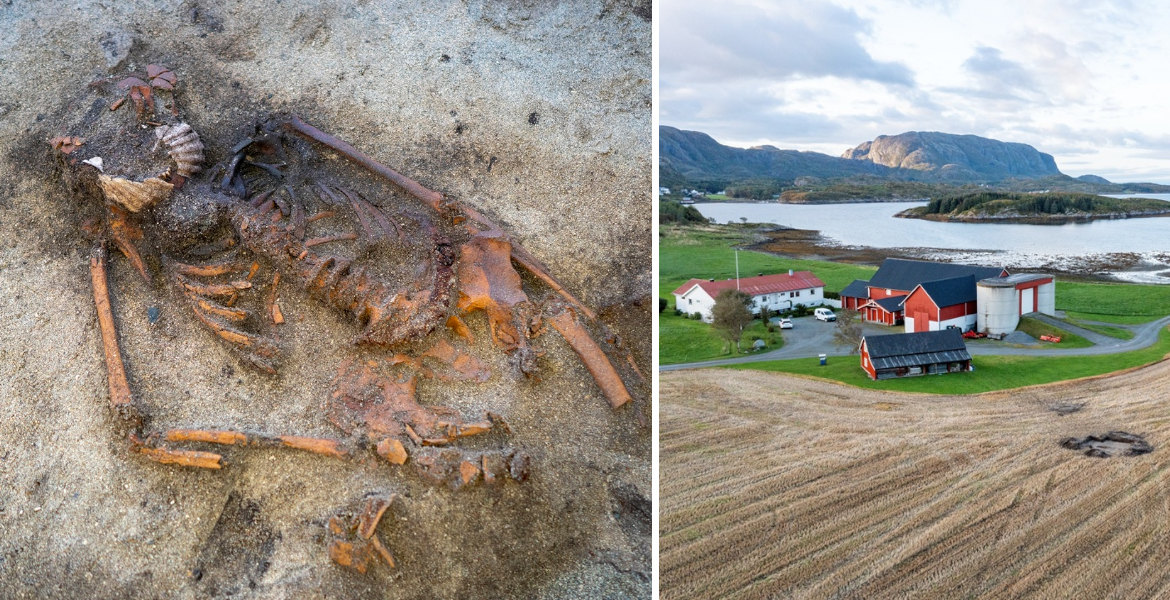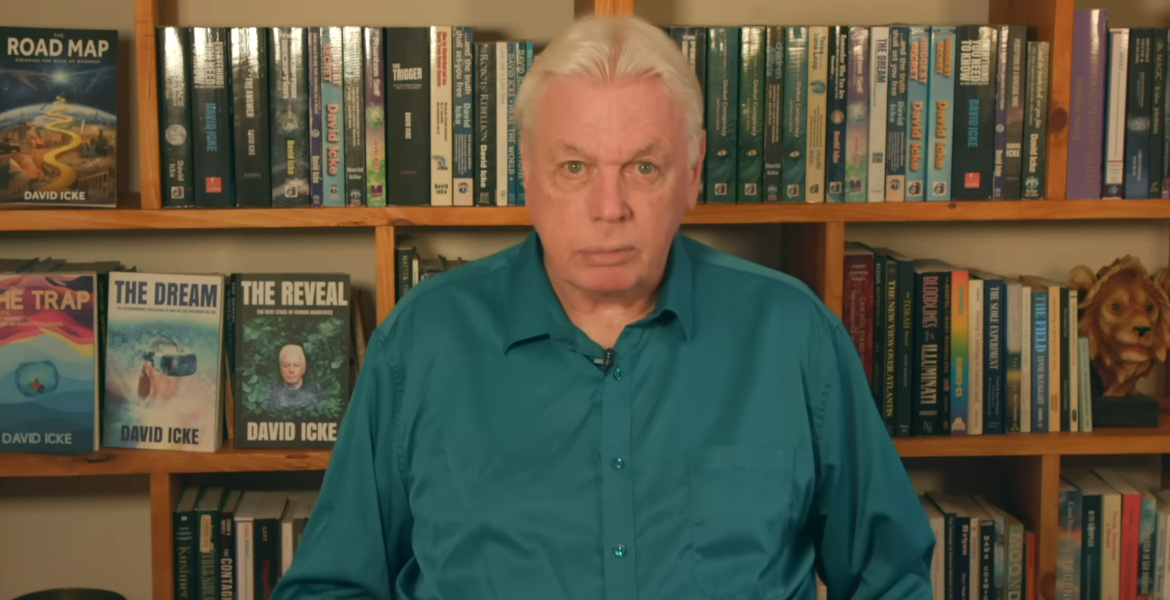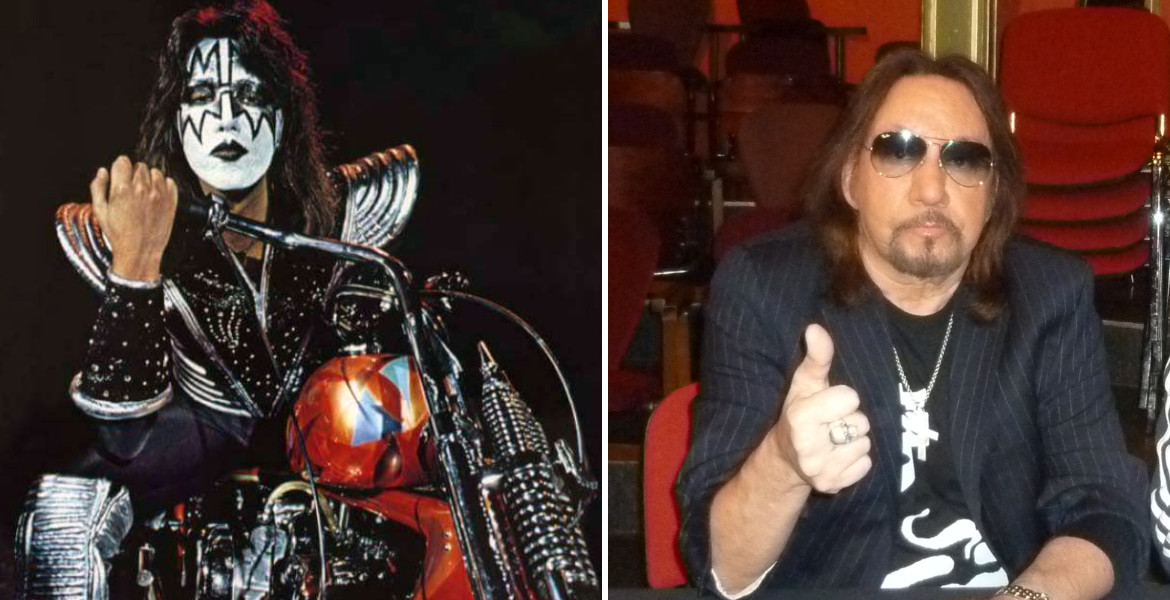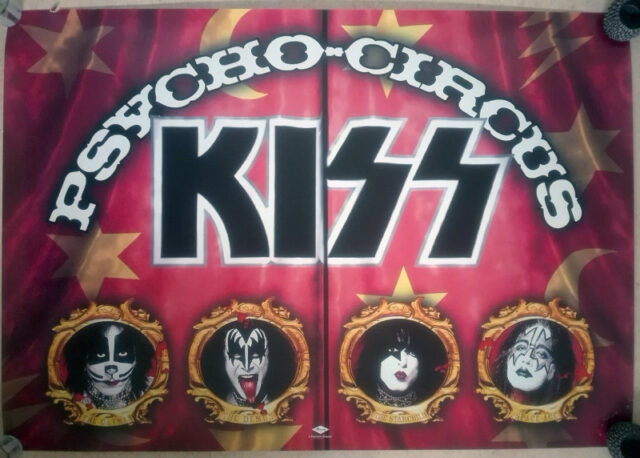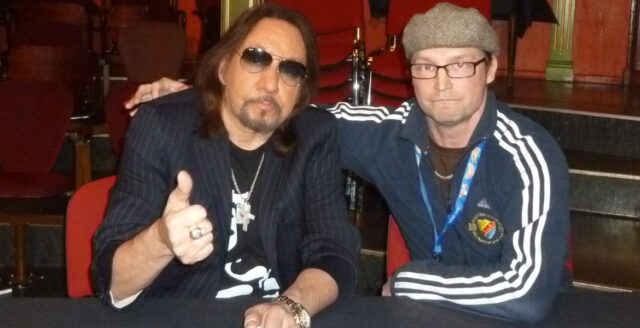Halloween has a very old origin, and many historians agree that it stems from an area that today is Ireland and parts of Great Britain – where the Celts settled. Ireland, unlike many other countries, has written sources dating back to the 8th century, which provide evidence that it was there the Halloween traditions began, according to ISOF.
The Celts were an Indo-European people who during the Iron Age spread across large parts of western and northwestern Europe, and even beyond. They worshiped many gods, and rituals, traditions, and ceremonies were central to their society.
Since the Celts largely lived in an agricultural society, harvest time was naturally very important. They divided the year into two halves – a light and a dark. Samhain, meaning "summer’s end", occurred when the harvest season was over and the dark half began – said to be on November 1. It was time to bring in the harvest, slaughter animals, and prepare for winter.
During Samhain, people gave thanks for the year’s harvest and sacrificed part of it to the gods or other beings for protection during the coming winter. Sometimes animals were also sacrificed.
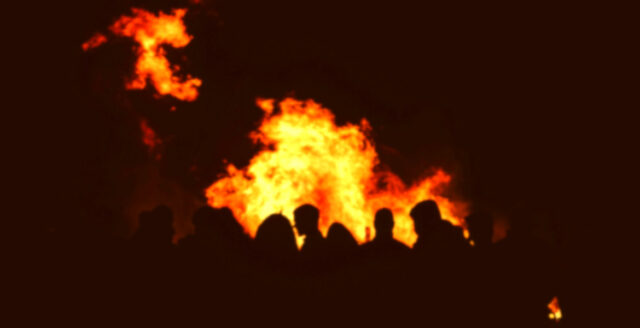
This festival also marked the Celtic New Year, so there were festivities and games as well. Usually, it was celebrated for three days – from October 31 to November 2, according to Historiens Värld.
The night before Samhain – October 31 – was believed to be filled with witchcraft, when the veil between the spirit world and the human world was thin. Thus, the dead could return to earth and walk among the living. It was believed that the spirits of ancestors would return home, so people set a place at the table and offered food for them.
Fires were a very important part of Celtic tradition. To purify and protect the community, a large communal bonfire was lit in a sacred place. Bones from slaughtered animals were often burned as offerings to the spirits, and the fire was said to help the dead find their way home again.
One tradition was to let the household fire die out and then relight it from the communal bonfire – believed to offer protection during the winter.
Protection from evil forces
Because the veil between worlds was believed to be thin, people sought protection from evil spirits – not only ancestral ghosts wandered in the dark. One of the most feared beings was Aos Sí, also called the fairies, considered guardians of nature. They were often connected to certain places like trees, stones, and hills – and it was important not to disturb their homes.
During Samhain, their presence was stronger, and offerings of food and drink were made to them. These beings could be both protective and dangerous – kidnapping people if not appeased with offerings or if disturbed.
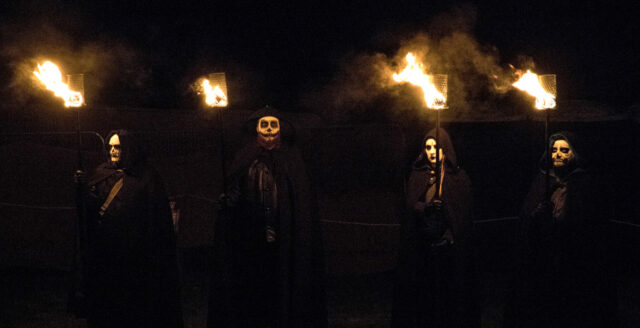
To protect themselves from evil spirits, people dressed up in frightening masks and costumes to scare or confuse the spirits. The costumes acted as camouflage so the spirits would think one of their own was among them. In some places, people even smeared themselves with ashes from the Samhain fire for extra protection.
The arrival of Christianity
In the 5th century, parts of the British Isles began to Christianize, and the Church sought to transform the Celts’ pagan traditions. Rather than abolishing them, historians believe the Church “Christianized” them in the 8th century by moving All Saints’ Day from May to November 1. This made October 31 All Hallows’ Eve – later shortened to Halloween. This is debated, however ȓ another explanation is that Pope Gregory III consecrated a chapel in St. Peter’s Basilica to all saints on November 1.
Differences between the holidays
Around the year 998, the Roman Catholic Church introduced another November holiday – All Souls’ Day – on November 2. There is also All Saints’ Day, which can be confusing, especially in Sweden.
Halloween always falls on October 31 and originally had no church connection, but because All Saints’ Day was moved, it gained a nominally religious link – All Hallows’ Eve. Today, though, it is a secular celebration outside the church.
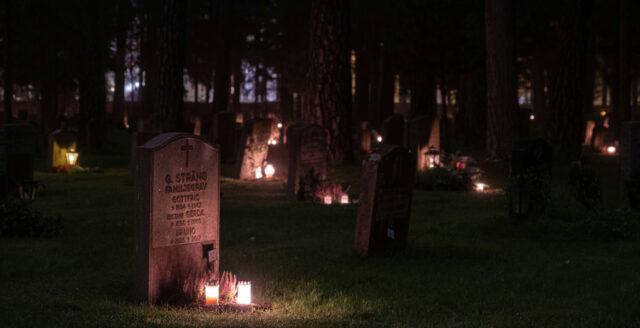
In Sweden, All Saints’ Day is observed on the first Saturday between October 31 and November 6 – a public holiday intended to honor saints and martyrs. It is also the day when Swedes light candles on graves and remember their dead.
November 1 is All Saints’ Day in the Catholic sense (in Sweden it differs), and November 2 is All Souls’ Day, when Catholics pray for all departed souls. The Church of Sweden celebrates All Souls’ Day the Sunday after All Saints’ Day – a practice introduced in 1983 and officially named in 2003.
“Fight evil with evil”
Though these days overlap in theme – death and remembrance – they serve different purposes. Halloween is often criticized for being commercial or disrespectful because of its proximity to All Saints’ Day, but it fulfills a different cultural role.
As one Swedish woman, born in 1969, said according to ISOF:
"Halloween is a fun holiday when you’re allowed to wear costumes and party. It’s liberating to dress up in the dark and act scary. The theme of horror is good – fight evil with evil. Joking about horrors has a function in a world full of fear and the unknown. All Saints’ weekend is something else – it’s when you honor and remember your dead and light candles at graves. I celebrate both".
From Ireland to North America
Despite the Church’s influence, old Samhain traditions continued in Britain and Ireland. In the 1700s, young men dressed in animal hides or masks, painted their faces, and went from house to house singing or reciting verses – expecting food in return.
Pranks were also common – such as blocking chimneys or moving farmers’ horses.
During the Irish famine of the 1800s, many emigrated to North America, bringing their Samhain customs. These merged with other harvest and death traditions, including those of Native Americans and Mexican immigrants celebrating Día de los Muertos (Day of the Dead).
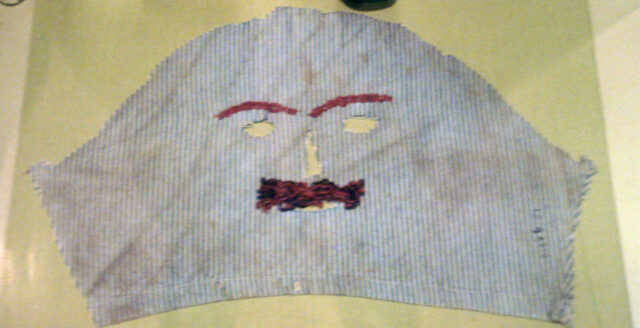
Even though it can be said, in simple terms, that it was the influence of the Irish that created the American Halloween traditions, that’s not entirely true. For example, the Indigenous peoples of North America also had harvest festivals and beliefs related to the dead.
Other cultures, too, have had similar traditions surrounding harvest celebrations, belief in magic and spirits, and various festivities around that time of year – all of which likely contributed to today’s Halloween customs through the waves of immigration to North America.
In Mexico, for instance, there is Día de los Muertos, the Day of the Dead, celebrated on November 1–2. It is a major religious holiday dedicated to honoring and remembering the deceased. Mexican immigrants also began arriving in North America during the 19th century, and their traditions likely influenced American customs as well.
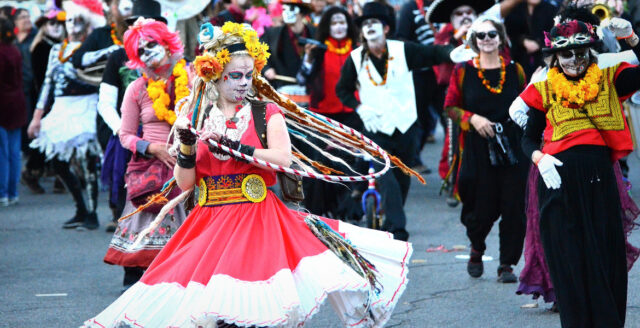
Halloween celebrations were likely influenced by Guy Fawkes Night, which is held on November 5 to commemorate the failure of the Gunpowder Plot in Britain. The holiday is reminiscent of the Swedish Walpurgis Night (Valborg), with large bonfires – but with an effigy placed on top.
Guy Fawkes was an English Catholic who, in 1605, attempted to blow up the British Parliament and assassinate King James I. He was caught with the explosives and executed. His name lives on through the tradition of burning a straw effigy representing him on the bonfires.
As society developed in the United States and Canada, superstition gradually declined, and with it the need to perform traditions rooted in such beliefs. During the first half of the 20th century, Halloween began to evolve into a more festive holiday.
The first Halloween parades took place during the 1920s, though not without issues. People often complained about “the Halloween problem,” as the parades were frequently associated with fighting and drunkenness. At the same time, however, the celebration continued to develop and eventually became more child-oriented.
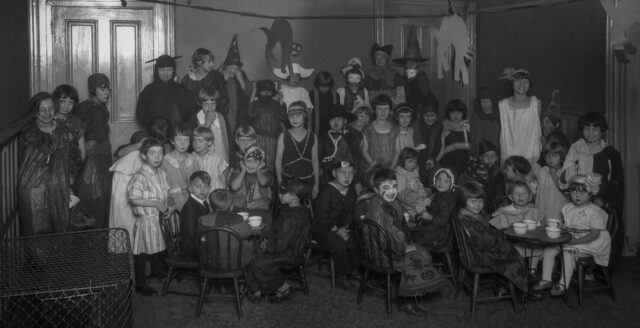
During World War II, conditions became so bad in some areas that Halloween celebrations were banned altogether. However, the holiday regained momentum during the baby boom of the 1950s. It increasingly became a children’s holiday, while also becoming heavily commercialized. Costumes and decorations began to be mass-produced, and the range of costumes expanded from traditional supernatural beings to pop culture characters, and later even internet phenomena.
Stingy Jack
The traditional Halloween pumpkin is also believed to have its origins in the British Isles. As early as the time of Samhain, people carved faces into various vegetables and placed candles inside – part of an effort to scare away evil spirits. Pumpkins, however, were not used; instead, people carved root vegetables such as turnips, rutabagas, or swedes.
The English term Jack O’Lantern, which is what Halloween pumpkins are called mainly in the US, has been used since the 1500s, though not originally for carved vegetables. In eastern England, the term referred to will-o’-the-wisps – the mysterious lights often seen over marshes.
There are also several origin stories behind the orange pumpkin figure. One Irish legend tells of a blacksmith called "Stingy Jack", according to Irish Myths. Jack had lived a life of trickery and deceit, and one evening he met the Devil, who had come to claim his soul as punishment. Jack asked the Devil for one last drink, and when it came time to pay the bill, he tricked the Devil into turning himself into a coin so they could settle the tab.
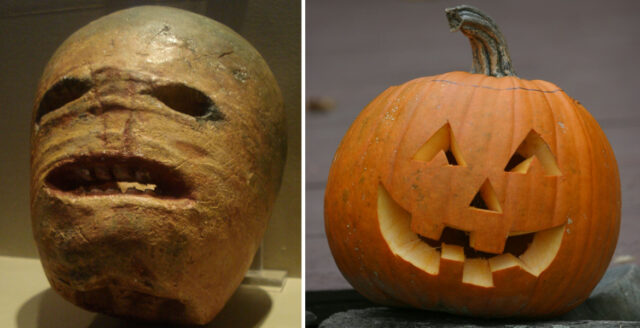
The Devil agreed to Jack’s proposal, but when he did as he was told, Jack slipped the coin into his pocket. To the Devil’s great annoyance, there was a silver cross in the pocket, which prevented him from returning to his original form. Jack then released the Devil in exchange for a promise – that the Devil would let him live for one more year, and that when he eventually died, he would not go to hell.
A year later, the Devil returned, but Jack tricked him again. He convinced the Devil to climb up a tree, and once he was up there, Jack carved a cross into the trunk, trapping him. Jack and the Devil made another deal – this time, Jack would be allowed to live for ten more years. The Devil accepted and was set free.
When Jack died ten years later, the Devil kept his word and refused him entry to hell. But since Jack was also not allowed into heaven, he was condemned to wander in eternal darkness on earth. Feeling a little pity for him, the Devil threw him a glowing coal from hell to light his way. Jack then carved out a turnip and placed the coal inside it. From this comes the English name for Halloween pumpkins: Jack O’Lantern.
This type of legend or folktale is very old and has circulated in many versions across different cultures. In Sweden, for instance, there is a similar story known as “The Blacksmith and the Devil".
The traditions surrounding Samhain continued in Ireland, as did the carving of turnips. This custom is believed to have traveled with Irish emigrants to the United States. In America, however, turnips were difficult to grow, so they were replaced by the now-popular pumpkin.
Today, the pumpkin has become a symbol of Halloween, but also of the harvest season and particularly the transition into autumn.
Trick or Treat
The now-classic phrase “Trick or Treat” is believed to have several origins, the oldest being a tradition called "guising". This practice is said to have roots in Samhain, though it is mainly documented from the 1500s. In Scotland and Ireland, children dressed up to protect themselves from evil spirits and then went door to door asking for treats.
Unlike today’s "trick or treat", however, children were not expected to play pranks – instead, they would perform a song or recite a poem to earn their reward.
In England and Wales, similar customs existed. Poor people would go house to house around All Saints’ Day, asking for “soul cakes” in exchange for prayers for the dead. A soul cake, or själakaka in Swedish, was a small round cake often spiced with cinnamon or other flavorings.
This was part of Christian observances that began around the 1500s and continued up to the 1800s. In some places, similar traditions of baking soul cakes still survive today. Both adults and children took part in souling, though it was said to be mostly children who participated.
The guising tradition traveled with the Irish immigrants to North America, and the first recorded reference to the activity dates from 1911 in Kingston, Ontario, Canada.
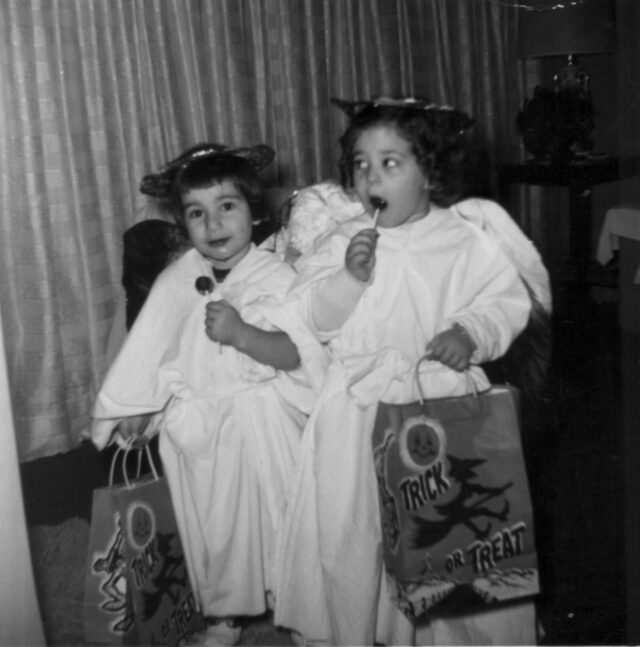
In the United States, the earliest references date back to the 1920s, according to the 10/31 Consortium. Records show that children dressed up and went door to door asking for candy. It is also documented that children might play pranks if they didn’t receive any treats.
It wasn’t until after 1950 that trick-or-treating became more widespread in the US, especially as sugar rationing ended and suburban neighborhoods expanded. As mentioned earlier, the baby boom contributed to Halloween’s growth and helped establish the trick-or-treat tradition.
How exactly pranking replaced singing or praying is unclear, but it was likely part of broader societal changes. Poverty became less widespread, reducing the need to beg for food or treats. Social structures evolved, creating a larger sense of community and more opportunities for play and mischief rather than foraging.
To Sweden
Halloween arrived in Sweden under American influence during the 1950s and 1960s. While it was not widely celebrated by Swedes at the time, there is evidence of large-scale Halloween parties. For example, a 1961 incident was reported in Stockholm where the police had to intervene at a Halloween celebration.
It wasn’t until the 1990s that Halloween truly gained popularity. Notably, Hard Rock Café in Stockholm, in collaboration with Buttericks, hosted week-long Halloween celebrations in 1990.
The following year, sales of Halloween items increased significantly, and by 1995, the holiday had become more common in Sweden – though not at the same level as in the US. For instance, trick-or-treating never became as widespread among Swedish children, but Halloween parties, costumes, and decorations became more frequent, albeit in moderate amounts.
Celebration today
Today, Halloween is a multi-billion-dollar industry, especially in the US, but also in other countries. Last year, up to 72% of Americans celebrated Halloween, spending an average of $104 per person, according to Ready Signal. In Sweden, celebrations are relatively large as well, though far below US levels. Last year, Halloween-related commerce in Sweden was expected to reach around €150 million, according to Tidningen Näringslivet.
What began as a pagan harvest tradition, where people welcomed or hid from spirits, has become a celebration focused on themed parties, costumes, candy, and horror film traditions. New customs include decorating homes – both inside and out – and hosting competitions such as pumpkin carving or contests for the best costume or makeup.
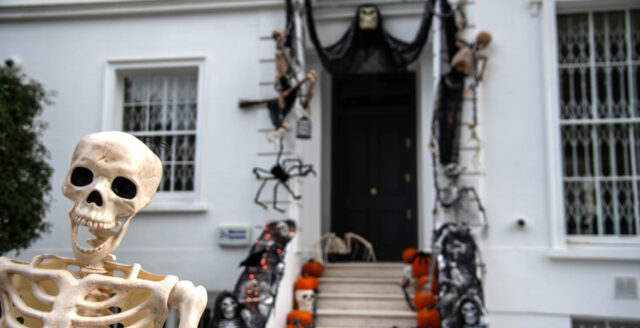
Ireland is often described as the homeland of Halloween, and even today the holiday is celebrated on a large scale. Samhain remains a living tradition in Ireland, where people honor the old Celtic customs through festivals and various celebrations.
Ireland is also home to Europe’s largest Halloween festival, Derry Halloween, which blends Samhain traditions with more modern elements. For fans of the infamous Dracula, the Bram Stoker Festival takes place in Dublin at the end of October – although the Count lived in Transylvania, the author was actually Irish.
In the neo-pagan Wicca movement, founded in the 1950s, Samhain is one of the most important holidays, dedicated to honoring the dead. It is inspired by and based on the Celtic festival, though with some differences. Like the Celts, Wiccans also regard Samhain as the Wiccan New Year.
Although Halloween today has a strongly commercial nature, like many other holidays, there seems to be a human need to experience fear or death from a safe distance. Perhaps it is a way to try to control what frightens us, or simply a way to keep it close at hand to remember that it is also a natural part of life.
